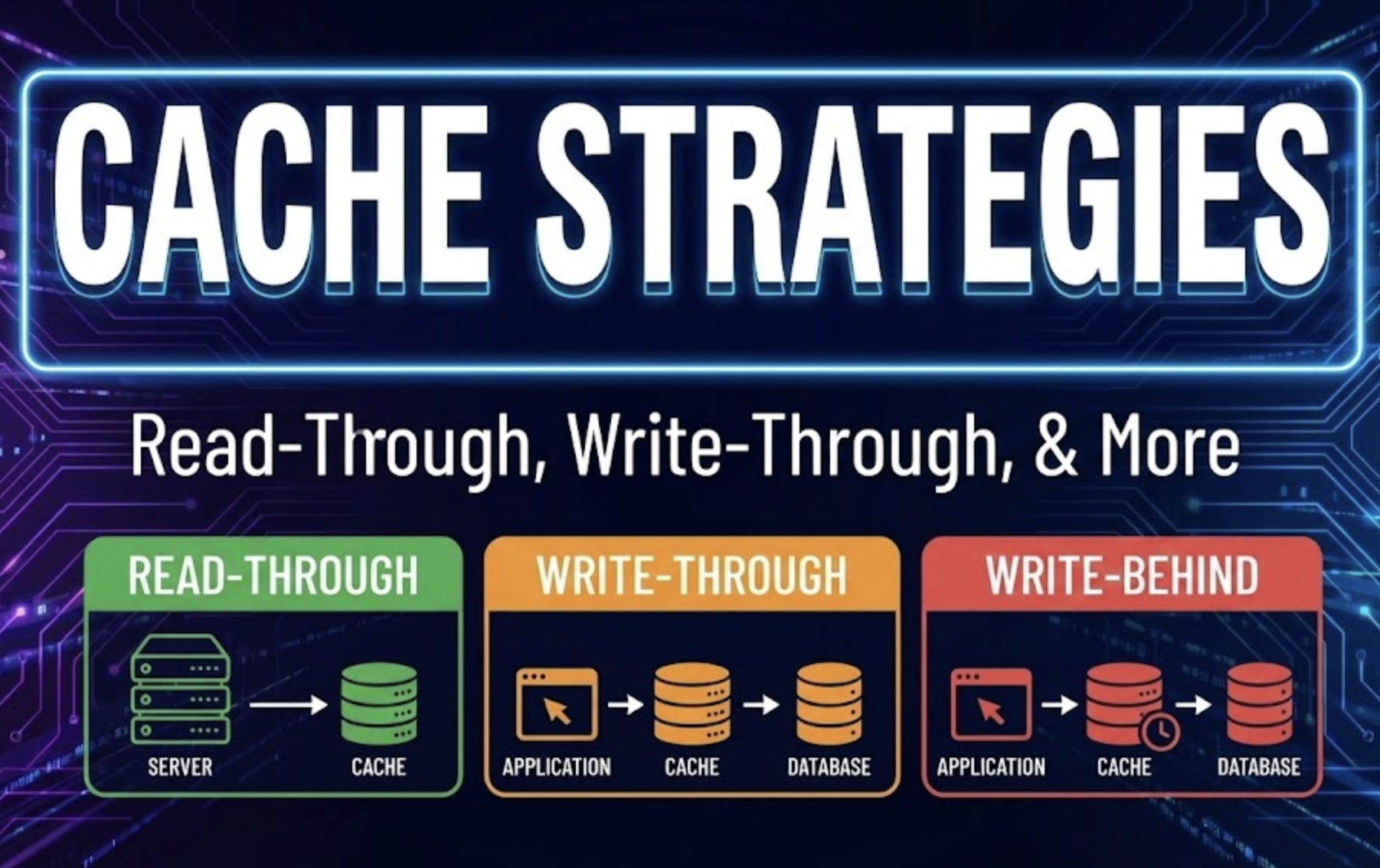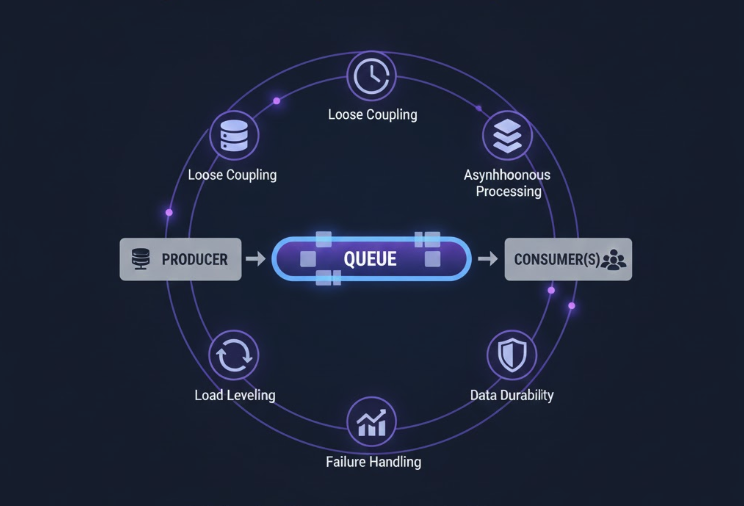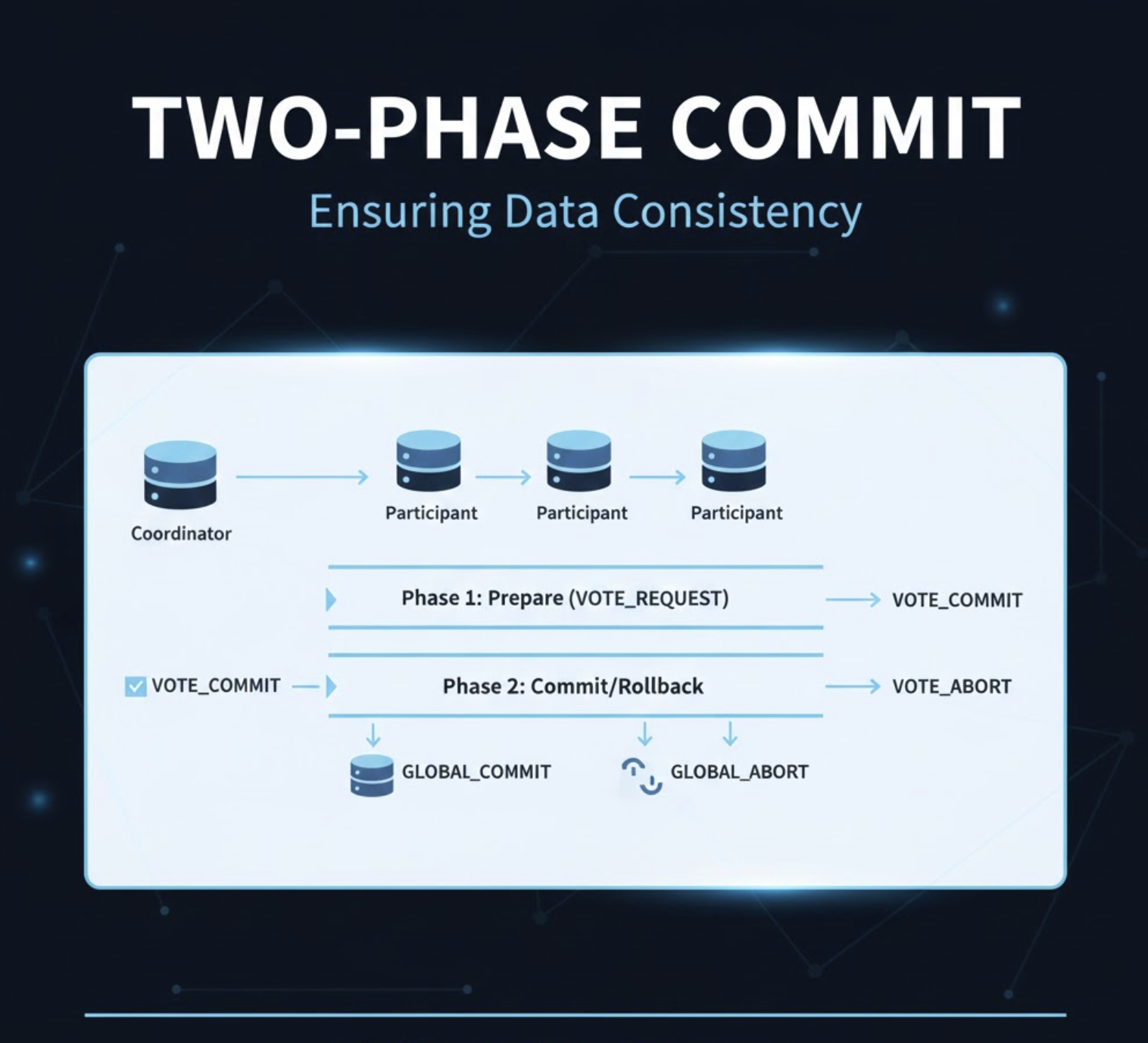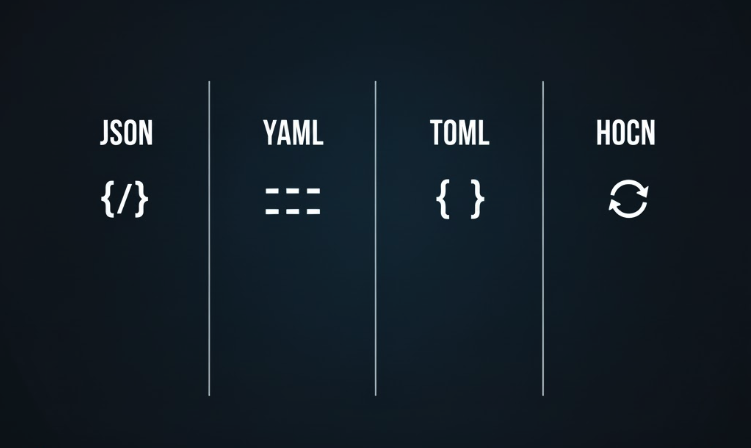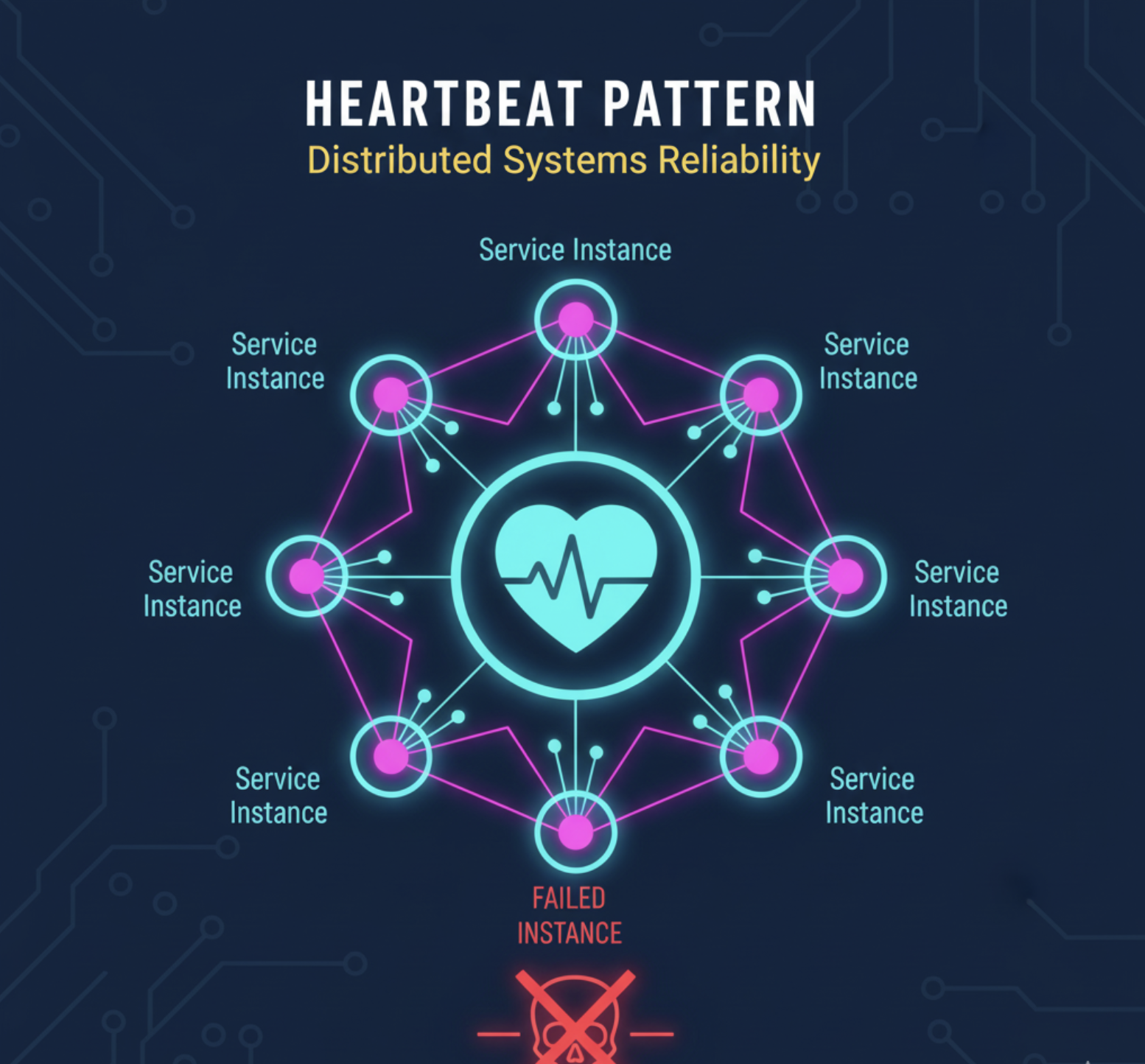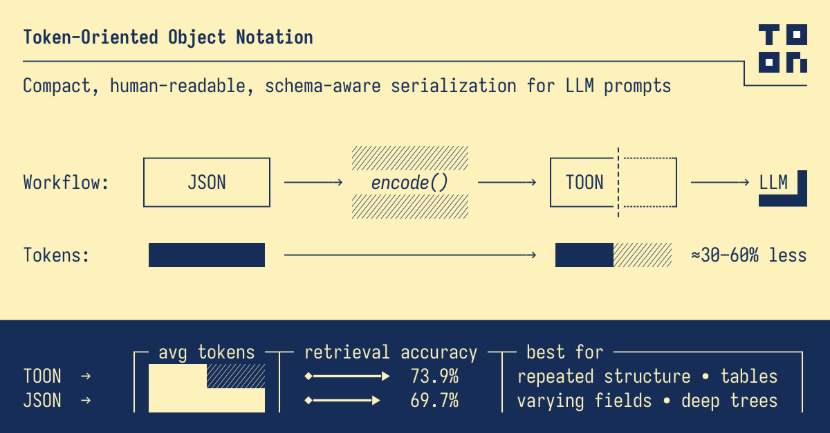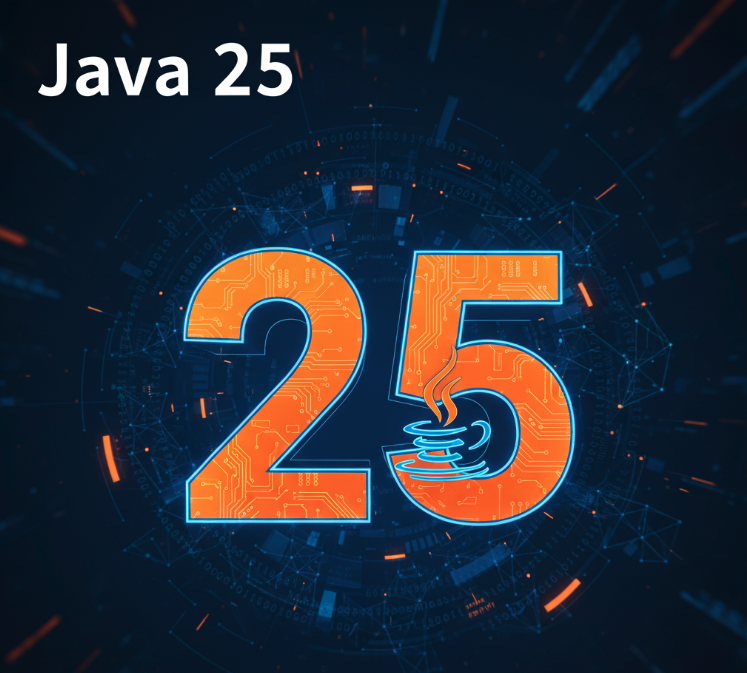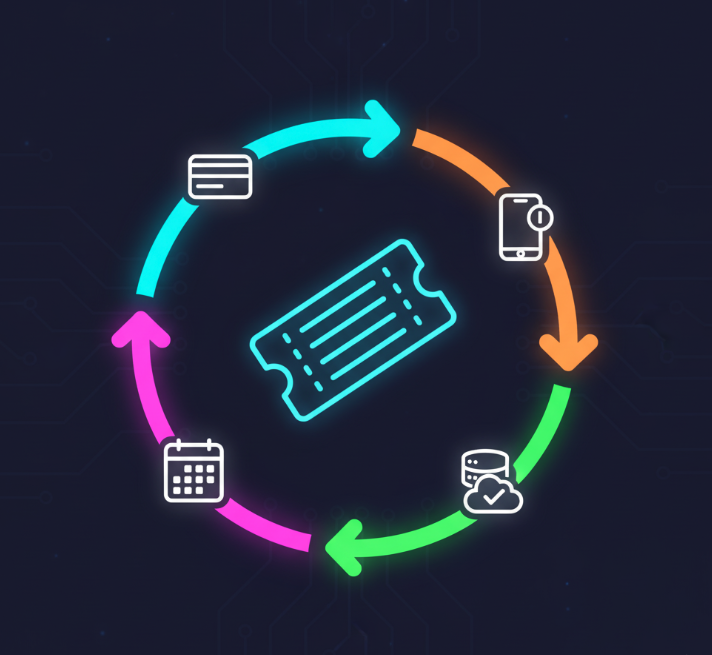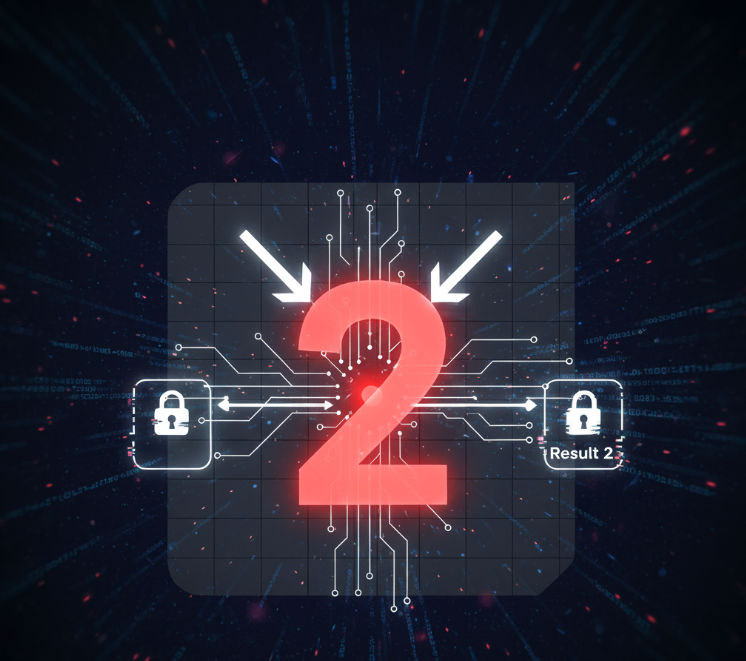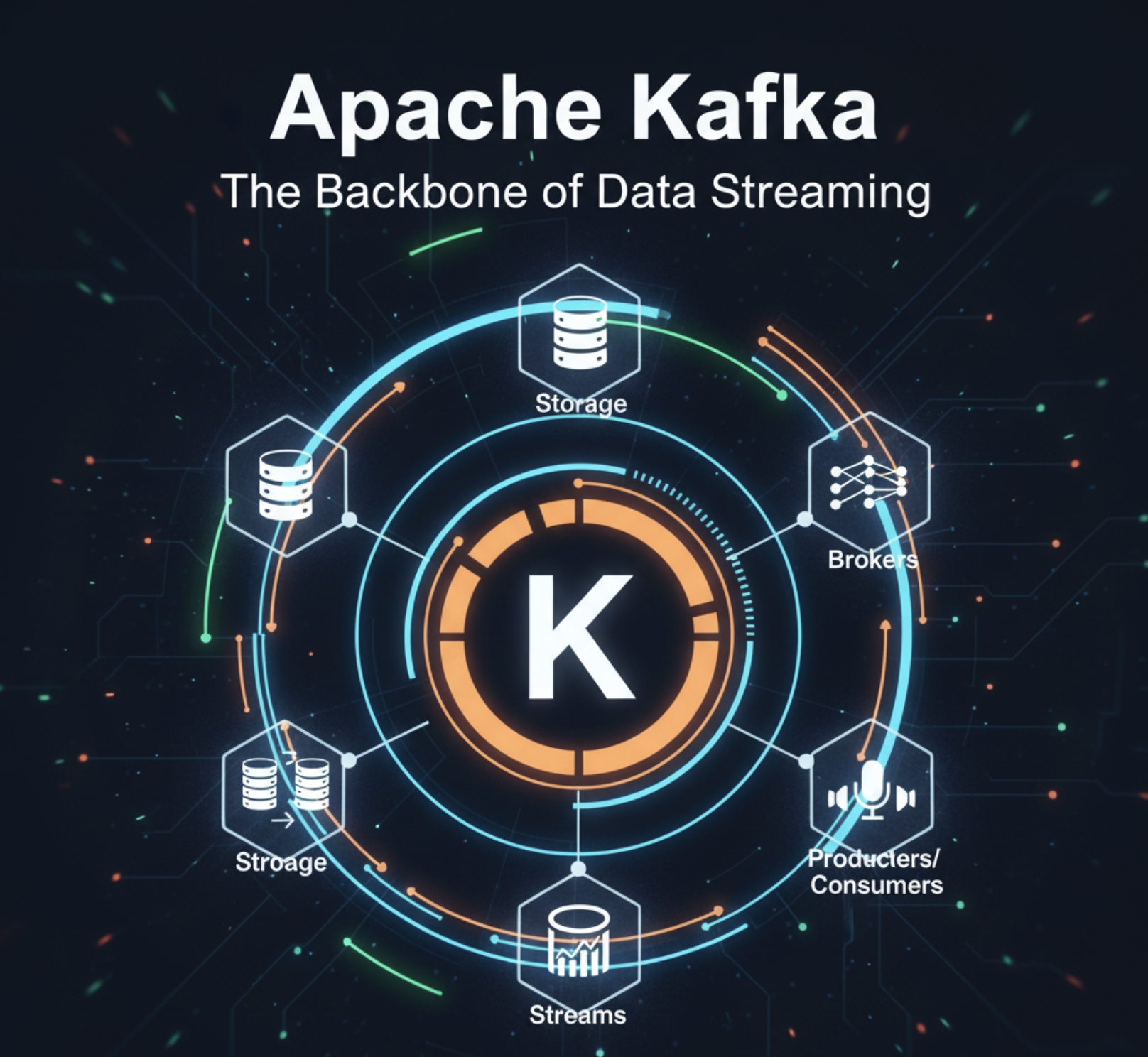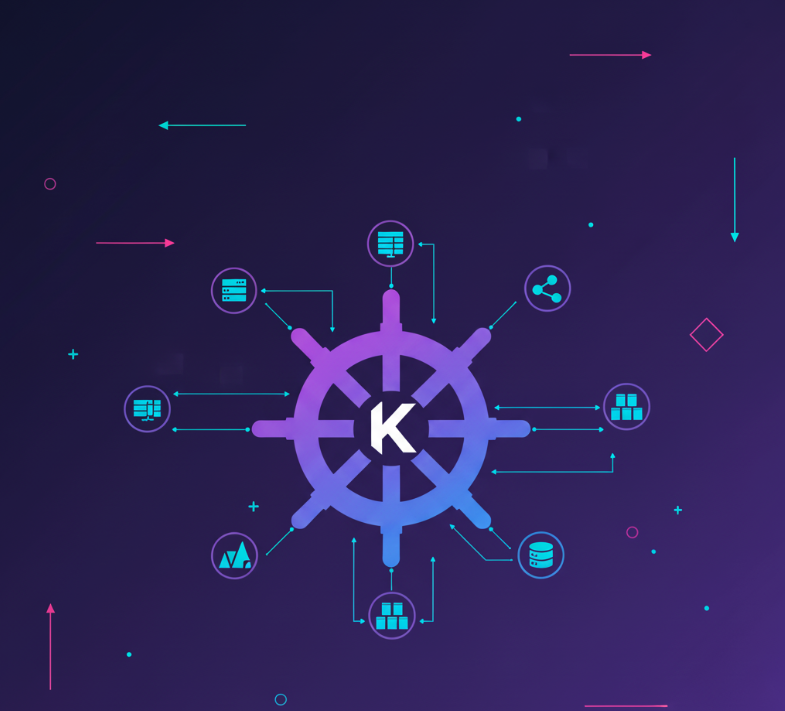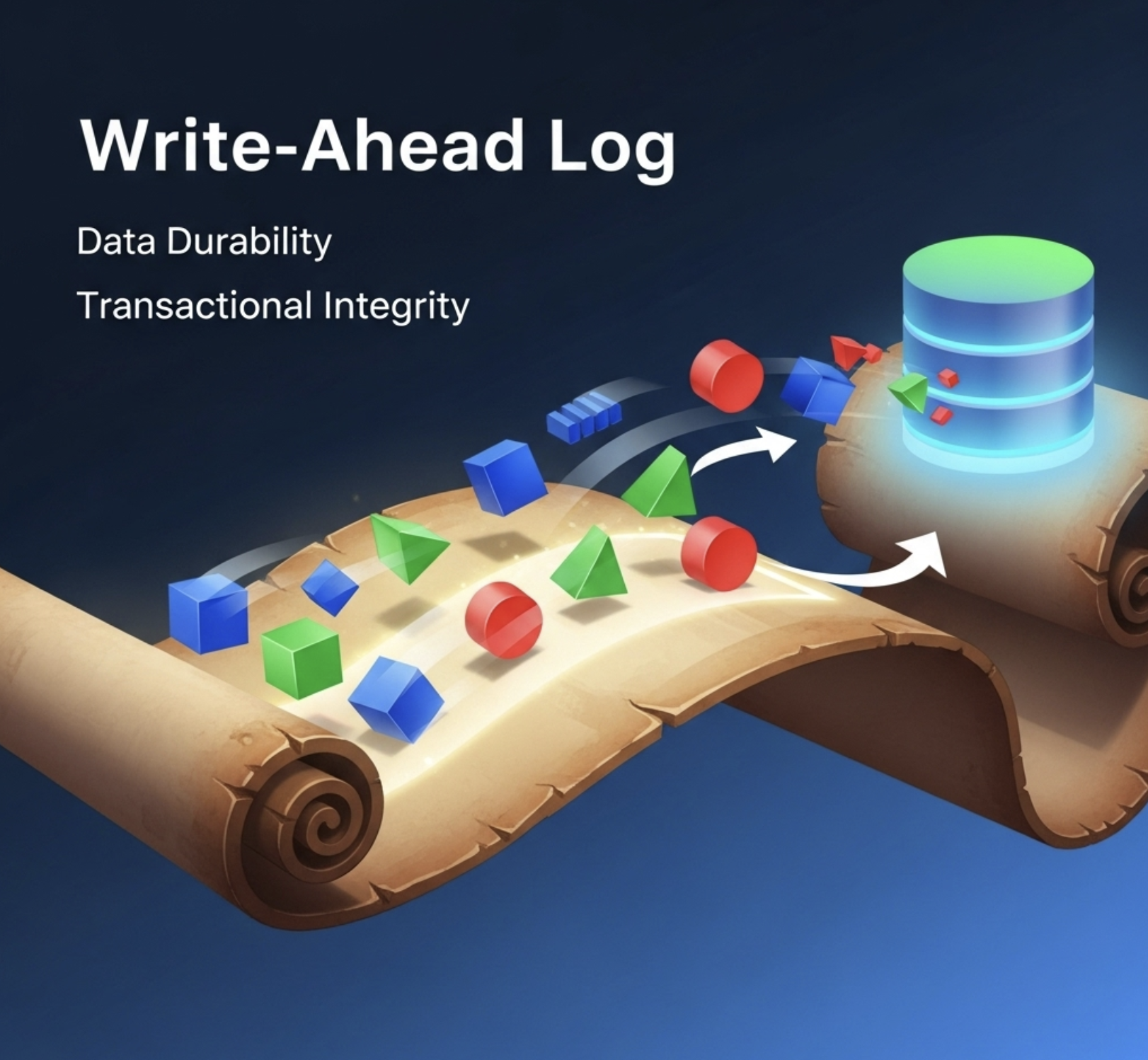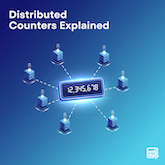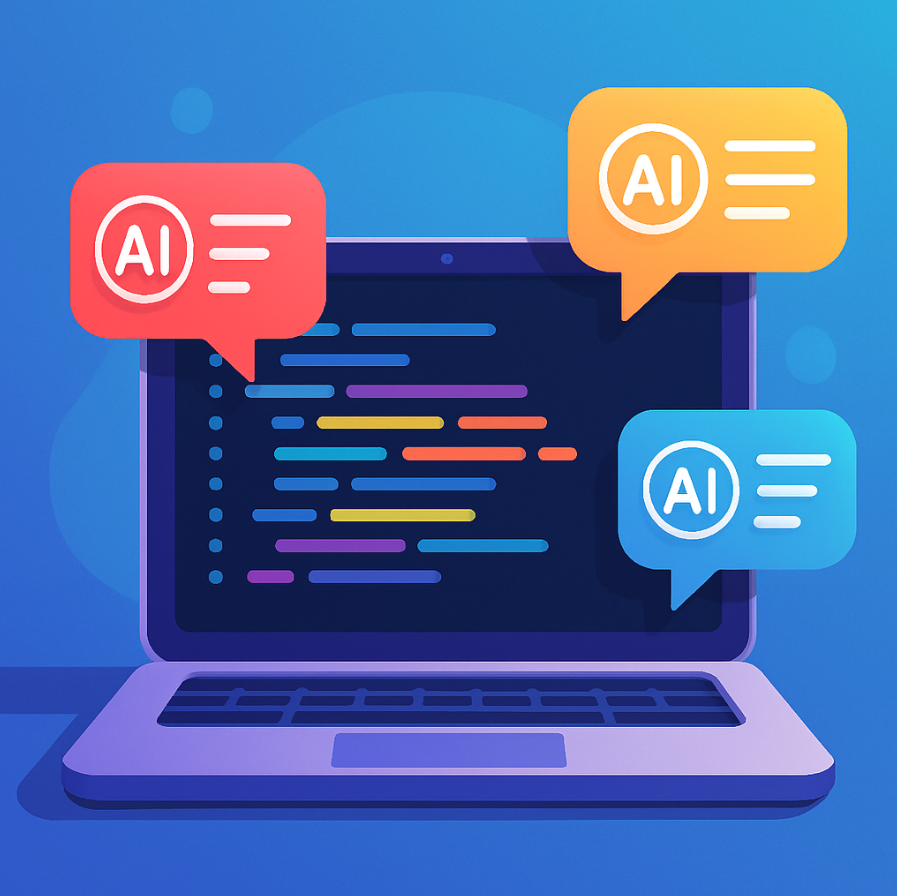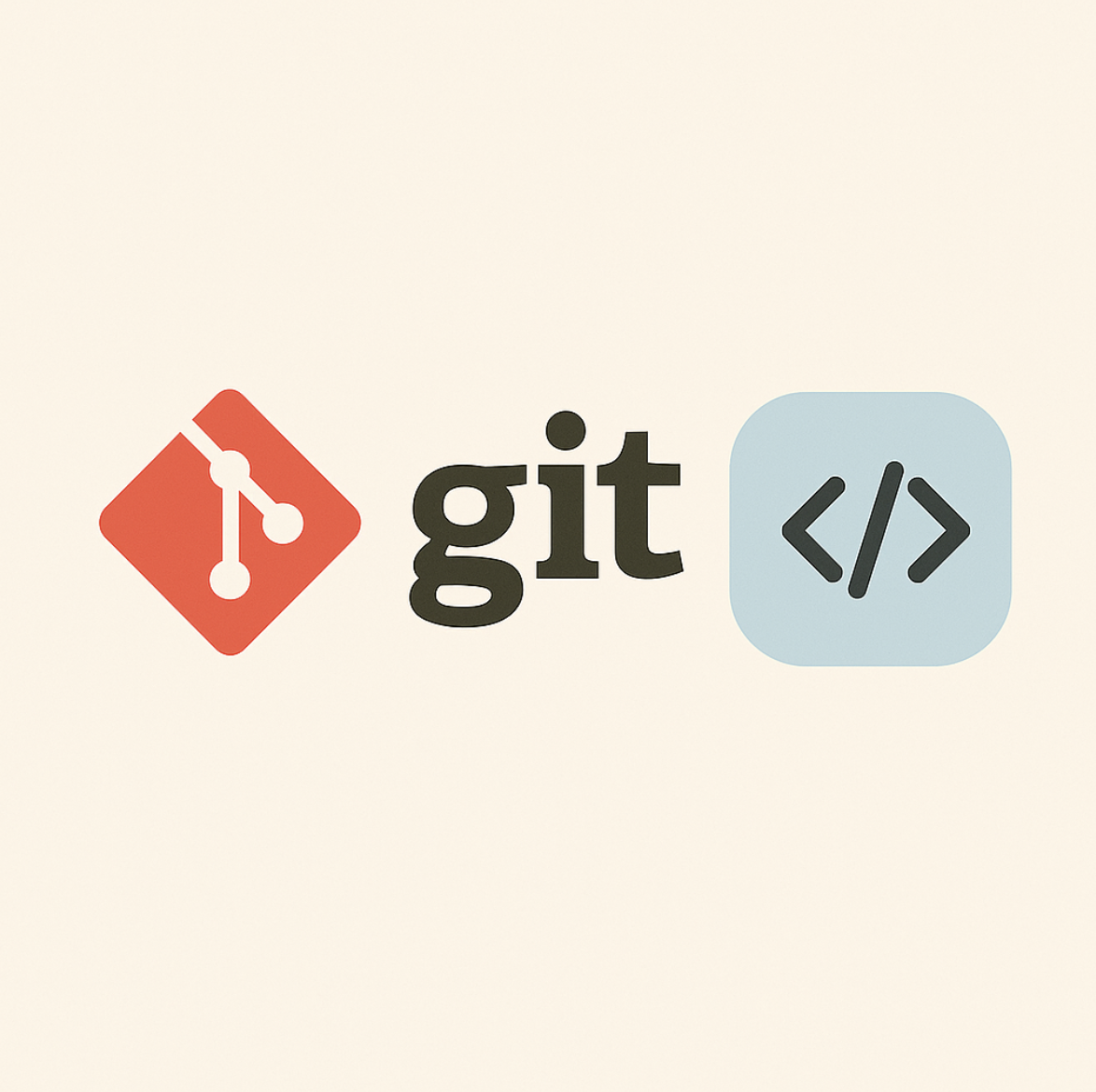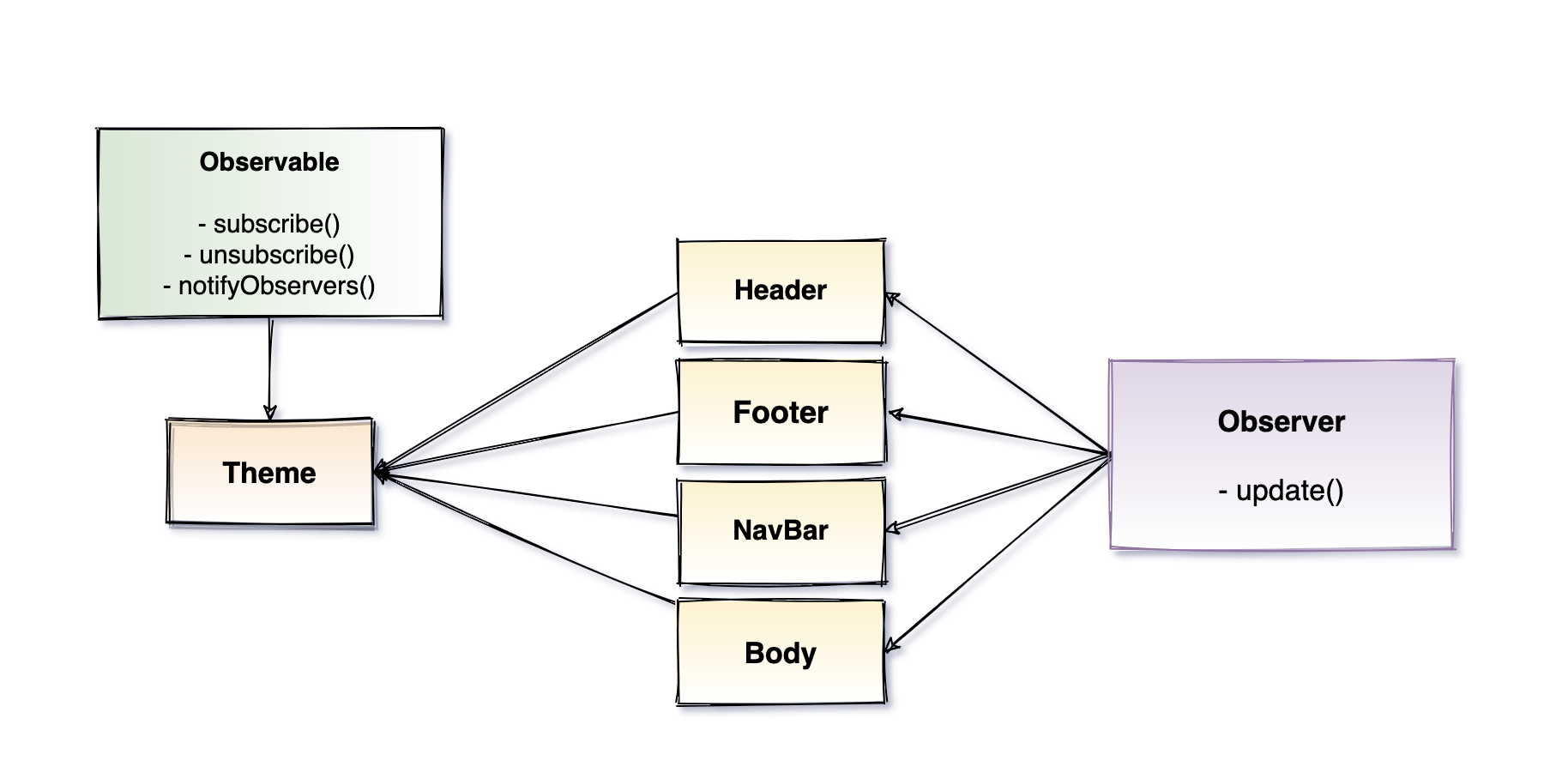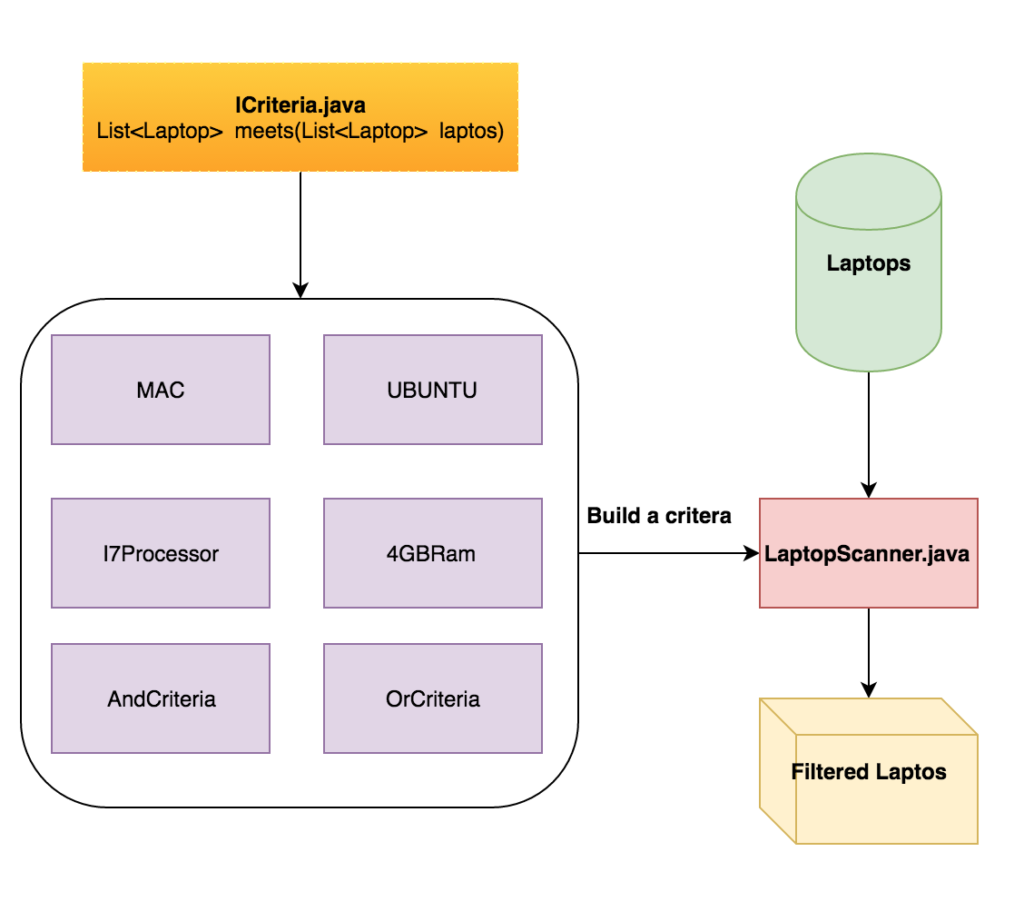WhatsApp is a household name, but for software engineers, it’s a legendary tale of massive scaling with a remarkably small team. At its peak, WhatsApp supported 900 million users with just 50 engineers. How did they achieve this incredible feat? The answer lies in a series of smart, and sometimes unconventional, technology choices that prioritized reliability, efficiency, and scalability above all else.
This deep dive explores the system design and architecture that powers WhatsApp, offering valuable lessons for developers building large-scale systems. We’ll go beyond the surface and examine the specific technical details that made this scale possible.
The Core Philosophy: Reliability and Efficiency
Before diving into the tech stack, it’s crucial to understand the philosophy that guided WhatsApp’s engineering decisions:
- Keep it simple: Avoid over-engineering and complex solutions.
- Focus on the core product: Messaging is the heart of WhatsApp. Everything else is secondary.
- Reliability is paramount: Messages must be delivered, no matter what.
- Efficiency is key: Do more with less hardware and fewer engineers.
This philosophy is reflected in every aspect of their architecture.
Architectural Overview: A High-Level Look
WhatsApp’s architecture can be broken down into a few key components:
- Clients: The mobile apps on iOS, Android, and other platforms.
- Servers: The backbone of the service, responsible for routing messages.
- Message Queues: Temporary storage for messages in transit.
- Database: Storing user metadata and other essential information.
Unlike many other messaging apps, WhatsApp’s servers don’t store message history on their servers long-term. Once a message is successfully delivered to the recipient’s device, it’s removed from the server’s memory. This is a critical design choice that keeps the infrastructure lean, reduces storage costs, and simplifies the state management on the backend. The “source of truth” for chat history is the user’s device.
flowchart TB
subgraph Clients
C1[Mobile Client 1]
C2[Mobile Client 2]
C3[Mobile Client N]
end
subgraph WhatsAppServers["WhatsApp Servers (Erlang/OTP)"]
P1[Erlang Process 1<br/>Client 1 Connection]
P2[Erlang Process 2<br/>Client 2 Connection]
P3[Erlang Process N<br/>Client N Connection]
end
subgraph Storage
M[Mnesia Database<br/>User Metadata & Routing]
end
C1 -->|Persistent TCP| P1
C2 -->|Persistent TCP| P2
C3 -->|Persistent TCP| P3
P1 <--> M
P2 <--> M
P3 <--> M
P1 -.->|Message Routing| P2
P2 -.->|Message Routing| P3
style P1 fill:#c8e6c9
style P2 fill:#c8e6c9
style P3 fill:#c8e6c9
style M fill:#e1f5ff
The Technology Stack: A Deep Dive into WhatsApp’s Bold Choices
WhatsApp’s technology stack is a masterclass in choosing the right tool for the job, even if it’s not the most mainstream one. Let’s dissect the key components.
Erlang/OTP: The Heart of Concurrency and Fault Tolerance
The cornerstone of WhatsApp’s backend is Erlang, and more specifically, the OTP (Open Telecom Platform) framework. It’s impossible to talk about Erlang’s success at WhatsApp without understanding OTP.
-
Massive Concurrency via Lightweight Processes: Erlang’s concurrency model is built on the “Actor Model,” where isolated, lightweight processes (often called “actors”) communicate via asynchronous message passing. These are not OS processes; they are managed by the Erlang runtime system (BEAM). A single server can run millions of these processes, one for each client connection, allowing for massive concurrency on a single machine. Each process has its own memory and garbage collection, so a failure in one doesn’t affect others.
-
Unmatched Fault Tolerance with OTP: OTP provides a set of battle-tested libraries and design patterns for building robust systems. The most important of these is the concept of Supervisors. A supervisor’s only job is to watch over other processes (called “workers”). If a worker process crashes (e.g., due to an unhandled error), the supervisor can restart it using a predefined strategy. This “let it crash” philosophy is fundamental to building self-healing systems that can run continuously for years.
-
Hot-Swapping Code for Zero-Downtime Updates: The Erlang VM (BEAM) allows for hot-swapping code. This means developers at WhatsApp could deploy new code and update the logic of their running servers without disconnecting users or restarting the service. For a global application, this capability is invaluable.
Mnesia: The Integrated, High-Performance Database
WhatsApp uses Mnesia, a distributed, real-time database management system that comes packaged with Erlang/OTP. It’s not a general-purpose database like PostgreSQL or MySQL; it’s purpose-built for Erlang applications.
-
Seamless Erlang Integration: Mnesia’s data types are Erlang terms, meaning there’s no impedance mismatch or need for an ORM. This tight integration makes it incredibly fast and easy to work with from Erlang code.
-
RAM-First for Extreme Speed: Mnesia tables can be configured to reside primarily in RAM (
ram_copies), with transactions written to disk for durability. This makes read operations incredibly fast, which is essential for looking up user status, routing information, and managing session data. For data that must be durable, like user profiles,disc_copiescan be used. -
Distributed and Replicated: Mnesia is designed to be a distributed database. Tables can be replicated across a cluster of Erlang nodes. This provides high availability and allows for reads to be served from a local copy, reducing latency.
FreeBSD: The Rock-Solid Operating System
While Linux is the more common choice for servers, WhatsApp’s selection of FreeBSD was a deliberate engineering decision based on performance and stability.
-
Superior Networking Stack: The WhatsApp team found that FreeBSD’s networking stack was exceptionally efficient and could handle a massive number of concurrent TCP connections on a single machine—well over a million. This was a key factor in their ability to do more with less hardware.
-
Kernel-Level Optimizations: FreeBSD’s kernel and its fine-grained controls allowed the WhatsApp engineers to tune the OS specifically for their workload, squeezing every last drop of performance out of their servers. Features like
kqueueprovide a highly efficient mechanism for handling I/O events, which is perfect for an application managing hundreds of thousands of network sockets.
XMPP: A Protocol Optimized for Mobile
WhatsApp started with the XMPP (Extensible Messaging and Presence Protocol), an open standard for real-time communication. However, they heavily modified it to suit their needs.
-
Binary Encoding: Standard XMPP uses verbose XML stanzas. On mobile devices with limited bandwidth and battery, parsing XML is inefficient. WhatsApp replaced the XML with a custom, highly efficient binary encoding. This dramatically reduced the amount of data sent over the network and the CPU cycles needed to process it on the client.
-
Optimized Handshake: They streamlined the connection and authentication process to be faster and more resilient on flaky mobile networks, ensuring users could connect quickly even with a poor signal.
How It All Comes Together: The Anatomy of a Message
Let’s trace the journey of a message with this deeper understanding:
sequenceDiagram
participant Sender as Sender Client
participant SP as Sender Process<br/>(Erlang)
participant Mnesia as Mnesia DB
participant RP as Recipient Process<br/>(Erlang)
participant Recipient as Recipient Client
Sender->>SP: Send Message
SP->>SP: Store in Queue
SP->>Sender: First Tick (Received)
SP->>Mnesia: Lookup Recipient Info
Mnesia-->>SP: Recipient Process ID
alt Recipient Online
SP->>RP: Forward Message
RP->>Recipient: Deliver Message
Recipient->>RP: Acknowledge
RP->>SP: Delivery Notification
SP->>Sender: Second Tick (Delivered)
SP->>SP: Delete from Queue
else Recipient Offline
SP->>SP: Keep in Queue
Note over SP: Wait for Recipient to Connect
Recipient->>RP: Connect
RP->>SP: Request Pending Messages
SP->>RP: Forward Queued Messages
RP->>Recipient: Deliver Messages
end
-
Connection and Authentication: When a user opens the app, the client establishes a persistent TCP connection to a WhatsApp server. An Erlang process is spawned on the server to handle this single client. This process manages the user’s session, presence status, and message queues.
-
Sending a Message: The sender’s client sends the message in its binary-encoded format to its dedicated Erlang process on the server. The server process receives the message in its “mailbox.”
-
Message Routing and Queuing: The server process acknowledges receipt to the sender (the first grey tick). It then queries Mnesia to find the recipient’s account information and the server/process handling their connection. The message is then forwarded to the recipient’s process. If the recipient is offline, the message is stored in a temporary queue within the sender’s process.
-
Delivery: When the recipient’s process receives the message, it forwards it to the recipient’s device. Once the device acknowledges receipt, the server sends a delivery notification back to the sender’s process, which then informs the sender’s client (the second grey tick). The message is then deleted from the server’s queue.
-
Read Receipts (Blue Ticks): Read receipts are a client-to-client signal. When the recipient reads the message, their client sends a “message read” notification to the server, which is then routed to the sender’s client, turning the ticks blue. The server simply acts as a relay for this information.
Key Engineering Lessons from WhatsApp’s Scale
WhatsApp’s journey offers several key takeaways for developers building scalable systems:
- Choose Your Tools Wisely: Don’t just follow trends. Understand the fundamental requirements of your system and choose the tools that are best suited for the job, even if they are niche.
- Master the Fundamentals: The WhatsApp team had a deep understanding of operating systems, networking, and distributed computing. This allowed them to make informed decisions and optimize every layer of the stack.
- Embrace Concurrency: In a world of multi-core processors, building concurrent systems is essential for performance and scalability. The Actor model used by Erlang is a powerful paradigm for this.
- Design for Fault Tolerance from Day One: Systems will fail. Design your architecture to be resilient and self-healing. Don’t treat reliability as an afterthought.
- Keep It Simple: Complexity is the enemy of scalability. A simple, well-understood architecture is easier to scale and maintain than a complex one.
- Optimize for Your Specific Use Case: WhatsApp’s success came from a deep understanding of their specific workload (short, ephemeral messages) and optimizing every part of the stack for it.
By focusing on a solid engineering foundation and making smart, deliberate technology choices, WhatsApp built a global messaging platform that continues to be a model of efficiency and scale.
